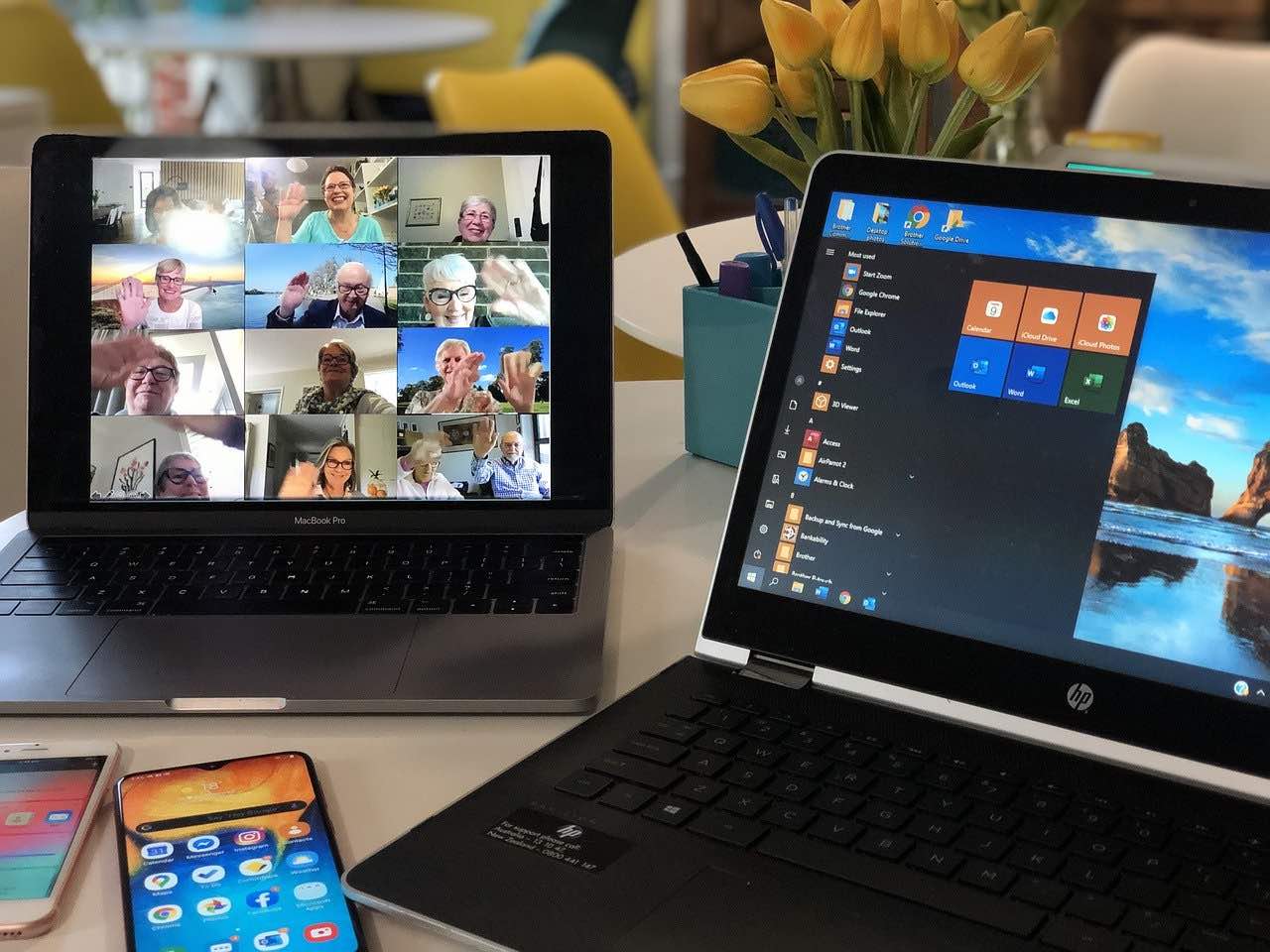Video conferencing has become an important aspect of facilitating visual communication in the contemporary world. Especially since the emergence of the coronavirus pandemic and shift towards the remote working environment, it has become a dire need for many workplaces.
Internet Speeds for Videoconferencing Tools
You need an internet connection to attend and make a conferencing session. Skype recommends at least 2 Mbps for high-quality video calls, and 5 Mbps or more for a group video call. Zoom recommends 3 Mbps or higher for organizing and attending online sessions. If you are unsure of your current internet speed, we recommend that you conduct an internet speed test.
The FCC defined the minimum download speeds of broadband internet connection to be 25 Mbps and upload speeds to be at 3 Mbps. Most internet plans being offered nowadays are starting from 25 Mbps to higher and their upload speeds are also the same as ones proposed by FCC. For instance, you can see that Xfinity plans show that their basic internet plans start from 50 Mbps which is good enough for video conferencing of one or two devices.
Examples of Workplaces using Video Conferencing Tools
The use of video conferencing tools can vary by industry, but they serve the same purpose.
- In the field of education, teachers and lecturers use video conferencing tools to conduct their lessons and off-hours meetings with their students. They can even use videoconferencing tools to make classes and their lessons available to a broader group of students in distance learning.
- Courts and lawyers can make use of video conferencing tools to hear the testimony of witnesses who cannot be present in the court in person. Lawyers can even use such tools to discuss with other lawyers about cases or take depositions.
- In times of crisis, government agencies can use such tools to communicate with each other, as well as for mundane issues such as reviewing the budget. They don’t have to schedule in-person meetings with other government officials, instead, they can just have an online video conference.
- Professionals in healthcare can use videoconferencing to provide telemedicine. In this scenario, the patient doesn’t need to come to the doctor every time they feel a little discomfort, instead, they can schedule and attend a video appointment remotely. Healthcare professionals can also communicate with other members of the patient’s care team to keep up with the patient’s diagnosis.
- Video conferencing tools give businesses the chance to manage the hiring process remotely. If they need to interview a candidate from another city or country, they can simply have it online. Also, employees working remotely can use video conferencing tools to keep their team members updated about their progress.
These are just a few examples of how video conferencing tools are being used in workplaces, and it is evident that video conferencing tools are an important and convenient way of getting any job done.
Benefits of Video Conferencing Tools
If your company isn’t already making use of the benefits of having video conferencing tools, they might be missing out on the competitive edge.
- For any business, collaboration is important to spread ideas and allow individual strengths to shine and that can be made possible through video conferencing tools. Team members have the flexibility to participate in discussions, which means that anyone can attend the videoconference from any part of the world. The feature also allows collaborating in such a way that you can record your meetings to view them later. It can also be shared with others. You can even share your computer screen with team members, where your computer screen is mirrored to their computer screen as well. They can even remotely access your computer screen as well.
- Increased flexibility allows employees to feel empowered about making a decision quickly and stay ahead of their competition. Employees can sign in to meetings whether they are at home, or in different time zone, on maternity leaves, or recovering from surgery. Employees who have to constantly travel for training or sales can feel connected to the rest of the team while on the move.
- Reduced Overhead. Video conferencing also leads to a cost-effective lifestyle. When overhead costs are reduced by cutting down on travel, or working remotely then a business will have more money for expansion, capital, marketing, development, etc. that is needed for the company to grow.
Finally, the benefits of using video conferencing tools say a lot about the kind of difference it can make in different aspects of one’s business. Also, the affordability and ease of use make it an attractive option, and these are its biggest features. For travellers, allowing the video conferencing method of attending meetings allows the service to literally pay itself in travel savings.








